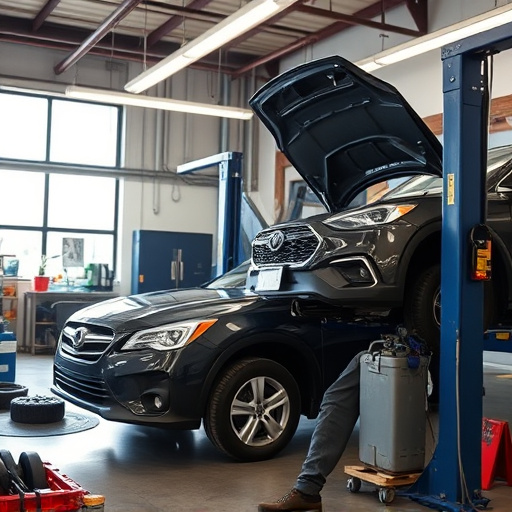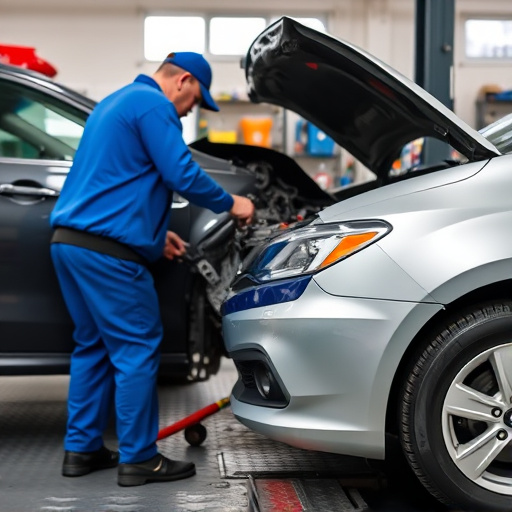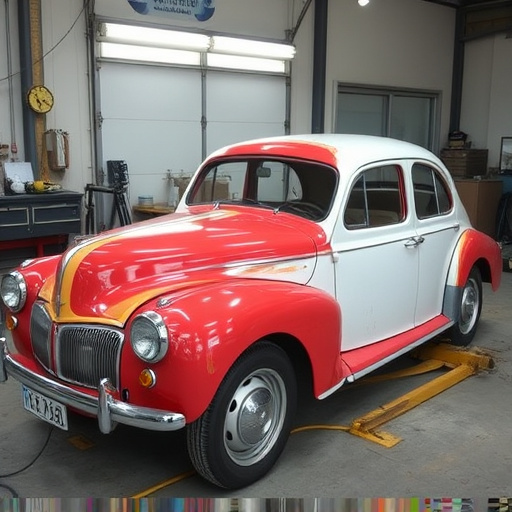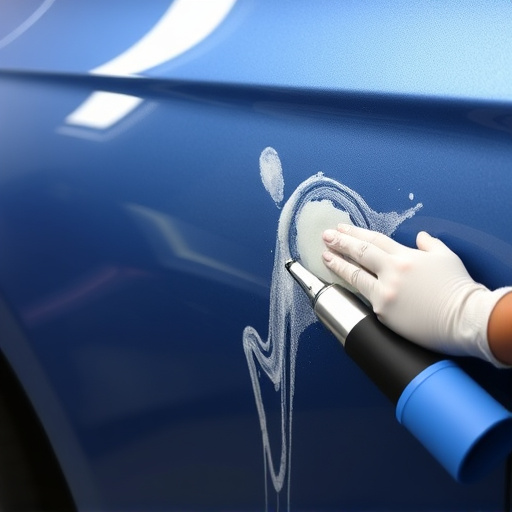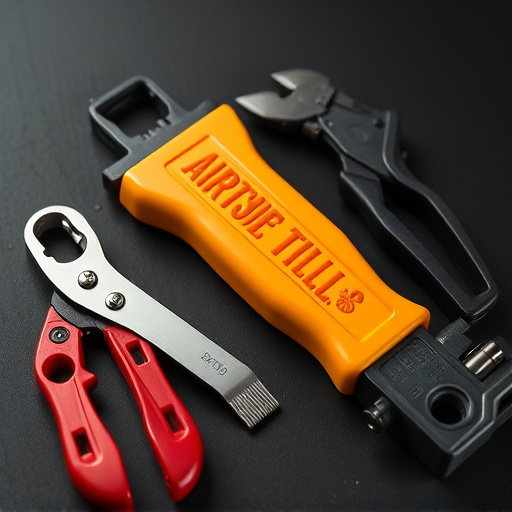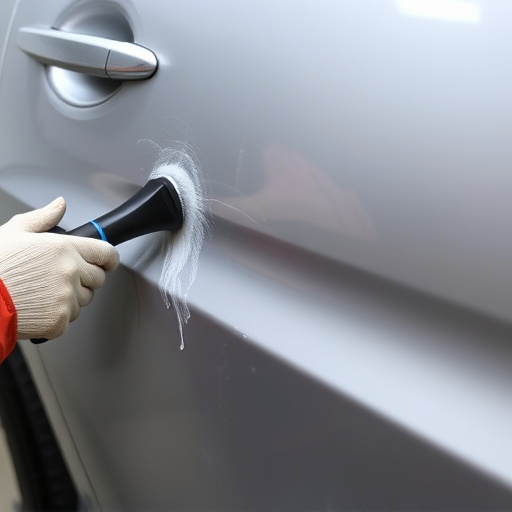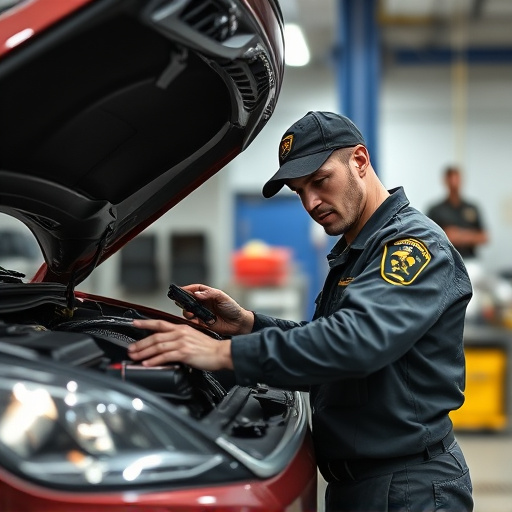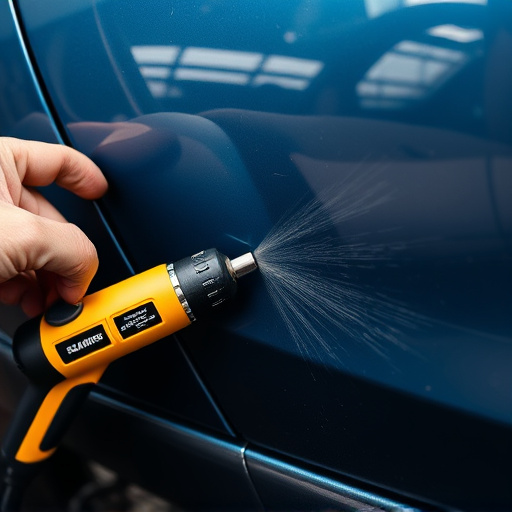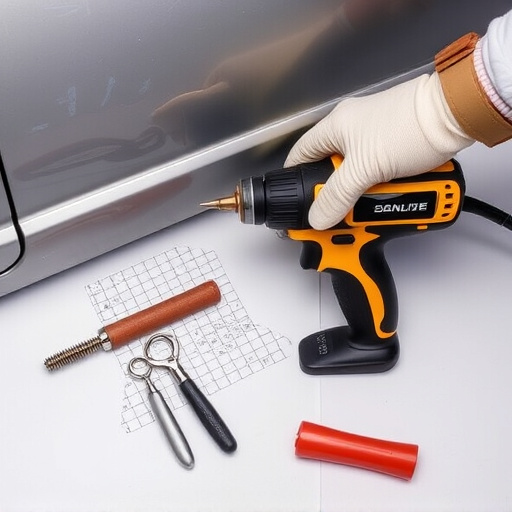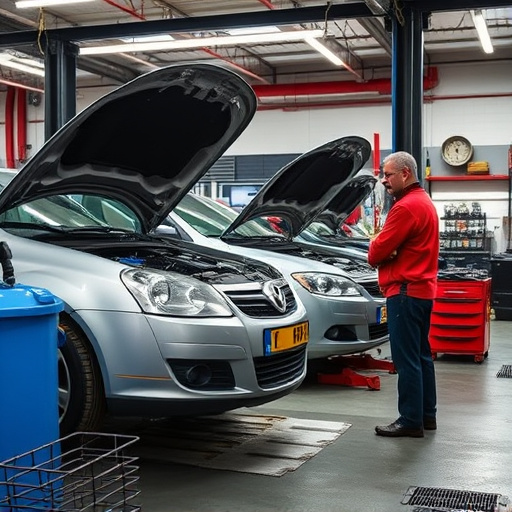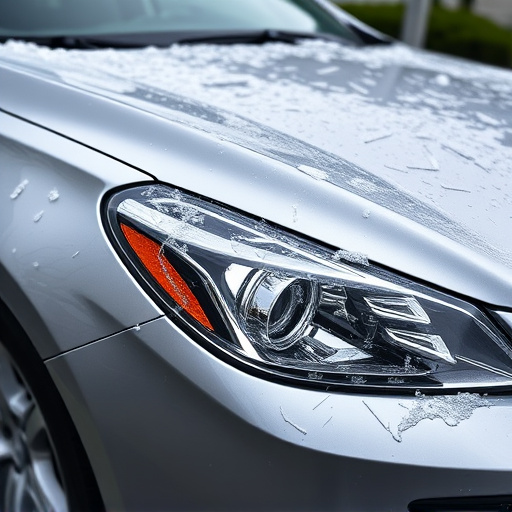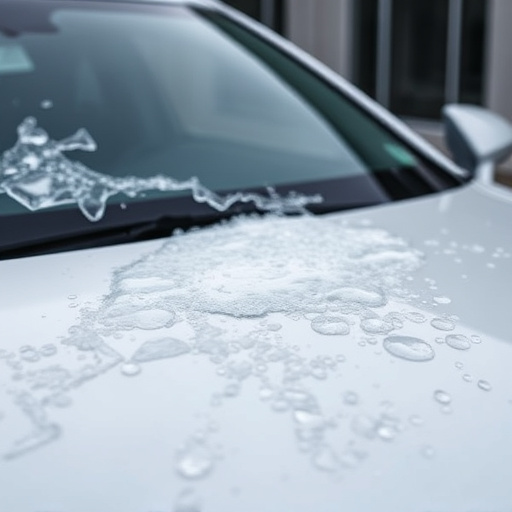The Tesla airbag system is a complex network of sensors, inflators, and control modules designed for passenger safety during collisions. Diagnosing and repairing malfunctions, especially in weight sensors, is critical. This involves using advanced tools for accurate identification and testing. Airbag replacement requires meticulous disassembly, reconnections, and simulation tests to ensure proper deployment without compromising safety, similar to detailed repair processes for Mercedes Benzes. Professional Tesla restoration services offer expert solutions for airbag system repairs.
Tesla’s advanced airbag systems are a critical safety feature, but proper maintenance is essential. This guide delves into the intricate components of the Tesla airbag system, focusing on the passenger weight sensor—a key component for optimal deployment. Learn how to diagnose and test malfunctions effectively. We outline step-by-step procedures for replacing airbags, ensuring safe and reliable operation. Mastering these skills allows owners to keep their Tesla’s airbag systems in top condition, enhancing passenger safety.
- Understanding Tesla Airbag System Components
- Diagnosing Passenger Weight Sensor Malfunctions
- Steps for Replacing and Testing Airbags Effectively
Understanding Tesla Airbag System Components

The Tesla airbag system is a complex network of components designed to protect occupants during a collision. Understanding these parts is crucial when it comes to Tesla airbag system repair. The system includes several key elements such as the airbags themselves, inflators, sensors, and a control module. Each component plays a vital role in detecting accidents and deploying airbags at the right moment.
When it comes to passenger weight sensing, Tesla has implemented advanced technology to ensure optimal deployment. The vehicle’s computer uses data from various sensors, including those located under the seats, to determine the number of occupants and their approximate weight. This information is critical for accurate airbag deployment, ensuring maximum protection without causing injury due to excessive force. For any issues with these systems, professional car restoration services specializing in Tesla vehicles can offer expert solutions, addressing both hardware and software problems related to airbags and passenger safety sensors.
Diagnosing Passenger Weight Sensor Malfunctions
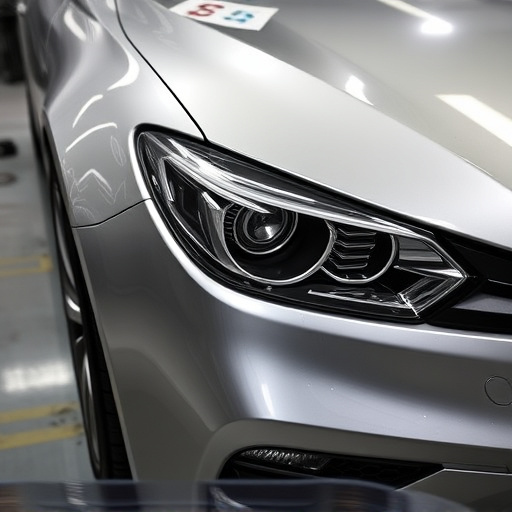
Diagnosing Passenger Weight Sensor Malfunctions plays a crucial role in Tesla airbag system repair. These sensors are responsible for detecting the presence and weight of occupants in the vehicle, ensuring that airbags deploy safely and effectively during an auto collision. When a malfunction occurs, it can lead to improper airbag deployment or even non-deployment, posing significant safety risks.
At a reputable collision repair shop, technicians employ advanced diagnostic tools to pinpoint sensor issues. This process involves scanning for error codes and monitoring sensor responses during simulated impact scenarios. By combining these methods, mechanics can accurately diagnose problems related to the passenger weight sensor, whether it’s a faulty sensor itself or an associated control module malfunction. Proper diagnosis is key to ensuring that any subsequent dent removal or repairs are performed correctly, ultimately enhancing vehicle safety and performance.
Steps for Replacing and Testing Airbags Effectively

Replacing and testing airbags effectively involves a meticulous process to ensure passenger safety. Start by accessing the airbag module located in the vehicle’s steering wheel or dashboard. Disconnect the old airbag with care, taking note of any intricate wiring or sensors attached. This step requires precision to avoid damage during removal.
Once the old airbag is replaced, conduct a thorough testing procedure. Connect the sensor cables and power sources, ensuring they are securely in place. Simulate deployment conditions using specialized equipment to trigger the airbags. Observe the response time and ensure proper inflation. Testing should also include passenger weight sensor validation, as this crucial component determines airbag deployment force. Compare the readings with manufacturer specifications to guarantee optimal performance, akin to a Mercedes Benz collision repair’s meticulous attention to detail in automotive body work, even for paintless dent repair.
The intricate Tesla airbag system, comprising vital components like passenger weight sensors, demands meticulous care during repairs. By understanding the system’s workings and employing effective diagnostic and replacement techniques, owners can ensure optimal safety. Regular testing, especially considering passenger weight sensor malfunctions, is crucial for maintaining the integrity of the airbags, ultimately enhancing vehicle and passenger security on the road. For a successful Tesla airbag system repair, follow the outlined steps and prioritize thoroughness to safeguard against potential risks.
